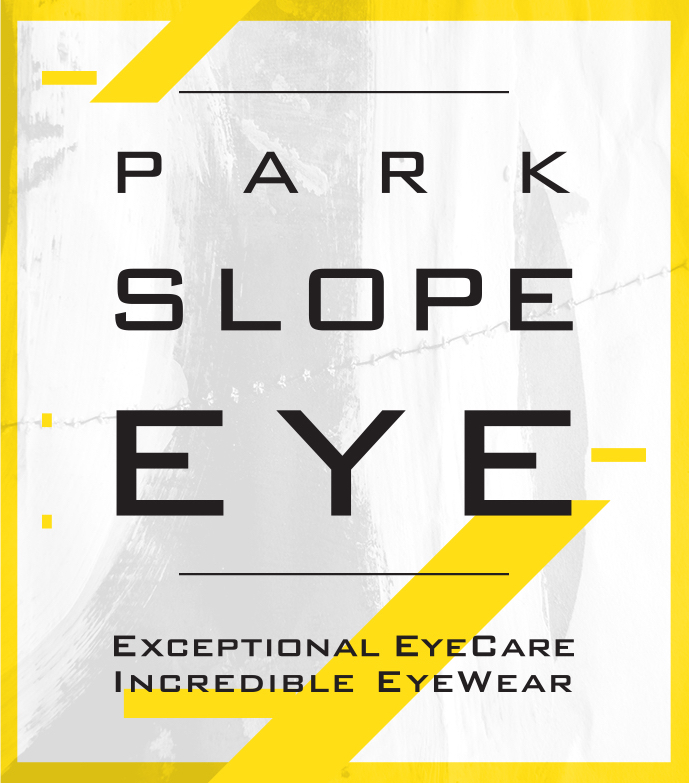Your sense of sight allows you to complete your daily tasks efficiently and safely. This is why keeping your eyes in good condition should always be a priority. To that end, it’s important to understand how your eyes work.
Today, Park Slope Eye, your trusted family eye care clinic, explains the vision process.
How Your Eyes Work With Your Brain
Your capacity to see stems from complex teamwork between your eyes and brain. The vision process starts when light rays from the objects you see pass through the cornea, the clear, dome-like structure covering your eyes. These light rays will then enter a black opening called the pupil.
The size of your pupil is controlled by the iris, the colorful part of your eyes. It allows your pupil to dilate when you’re in a dim place so maximum light is admitted. When you’re in a bright place, it constricts your pupils to avoid overwhelming your eyes with light. Afterward, the light rays are bent toward your lenses.
Your eye doctor explains that lenses have the ability to change shape whenever you’re looking at objects of varying distances. If the object you’re looking at is far from you, the lenses flatten, whereas they curve if you’re looking at something near.
Once the light rays reach the back part of your eyes, the retina will then convert them into nerve impulses, with the assistance of light-sensitive photoreceptors. The optic nerve will then deliver these signals to your brain, which translates them into the images you see.
Common Vision Errors
Any irregularities with your eye structures or the image translation process may lead to vision problems, such as refractive errors. One common type you may have heard of is myopia. Also known as nearsightedness, this condition occurs when you have highly curved cornea or the distance between the front and back part of your eyes is too wide, causing light rays to incorrectly fall in front of the retina. As a result, you may struggle when you’re looking at distant objects.
Hyperopia (farsightedness), on the other hand, occurs when your cornea is too rigid or your eyes are too short, leading to light rays landing beyond the retina. This may give you faulty near-range vision. If we confirm any of these common refractive errors, your eye care specialist may prescribe corrective eyeglasses or contact lenses to help you see better.
Fill out our form to schedule an appointment and learn more about your vision process. We serve Brooklyn and nearby NY areas.









